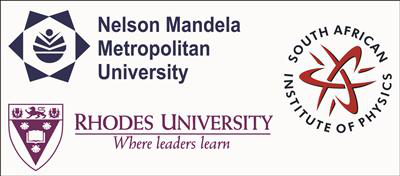Speaker
Would you like to <br> submit a short paper <br> for the Conference <br> Proceedings (Yes / No)?
yes
Abstract content <br> (Max 300 words)<br><a href="http://events.saip.org.za/getFile.py/access?resId=0&materialId=0&confId=34" target="_blank">Formatting &<br>Special chars</a>
Parabolic solar troughs are a widely studied large-scale solar power technology, primarily due to the 354 MW commercial plant operating in the California Mojave Desert.
This technology involves concentrating sunlight onto a tubular receiver, the liquid in which is heated and circulated to an electric power station. In this way, the liquid inside the receiver can be heated to well over 400 Co , where heat losses to the surroundings affect solar to electric efficiency. The dominant heat loss mechanism at high temperatures is via radiation, since a transparent vacuum sleeve cuts out any other types. Traditionally, in order to minimize radiation losses, the receiver is painted with a “selective coating”, a substance which absorbs well in the visible part of the spectrum but emits poorly in the infra-red. This works well for temperatures below about 400 Co, but beyond this limit the selective coating thermally decomposes.
An alternative method to curb radiation losses is to coat the transparent sleeve surrounding the pipe with a “hot mirror” coating, a substance which reflects well in infra-red but is transparent. The coating on the sleeve will be exposed to a lesser temperature, and the pipe can therefore be heated to a higher temperature, increasing (Carnot-type) efficiency.
In the present work, we examine the limits to which the hot mirror can be taken, specifically how efficiency is affected by the relationship between receiver temperature and the wavelength cut-off limit of the hot mirror. The tools we use are the newly developed long range radiation interaction simulation, without which reflections on the vacuum sleeve could not be modelled.
Apply to be<br> considered for a student <br> award (Yes / No)?
no
Level for award<br> (Hons, MSc, <br> PhD, N/A)?
PhD
Please indicate whether<br>this abstract may be<br>published online<br>(Yes / No)
no

